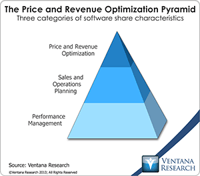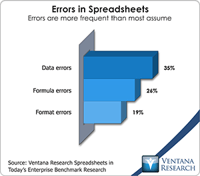
People who don’t spend much time analyzing the software market may have trouble understanding the differences between products in a given software category or the difference between two categories. This happens because vendors and commentators use the same words to describe different depths of functionality and degrees of comprehensiveness in one type of application. As well, there can be multiple categories of software that address the same general business issues but are designed for...
Topics: Performance Management, Office of Finance, Operational Performance Management (OPM), dashboard, PRO, Business Analytics, Business Performance Management (BPM), CFO, Financial Performance Management (FPM), Sales Performance Management (SPM), Supply Chain, Supply Chain Performance Management (SCPM), CEO, demand management, FPM, S&OP











